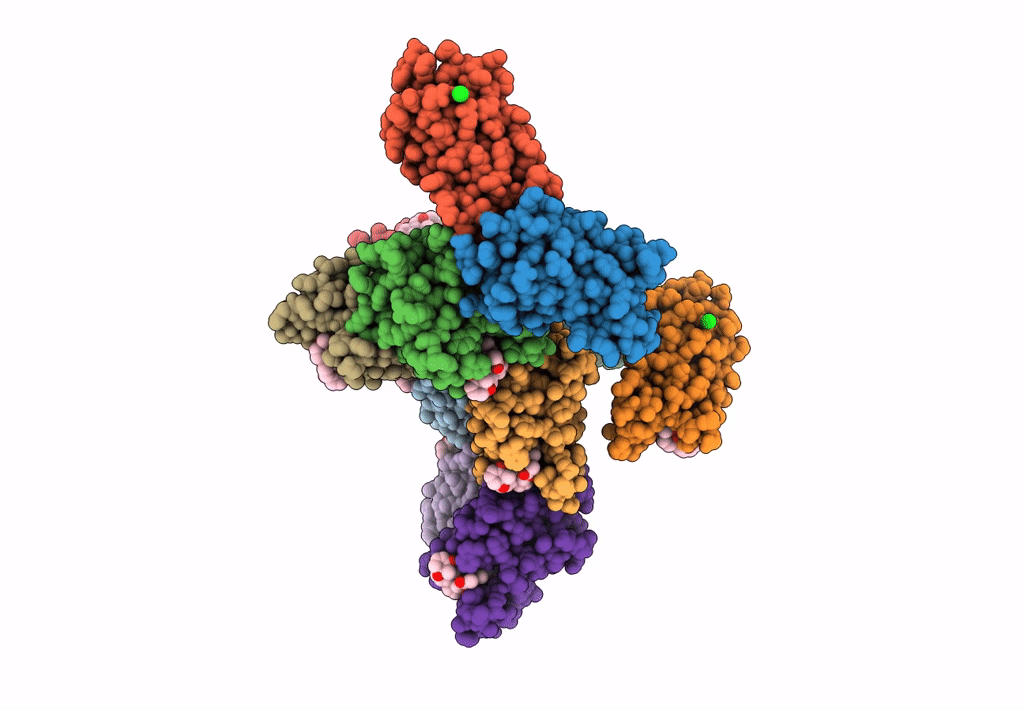
Deposition Date
2021-09-07
Release Date
2023-01-11
Last Version Date
2023-10-25
Method Details:
Experimental Method:
Resolution:
2.89 Å
R-Value Free:
0.24
R-Value Work:
0.20
R-Value Observed:
0.20
Space Group:
C 2 2 21


